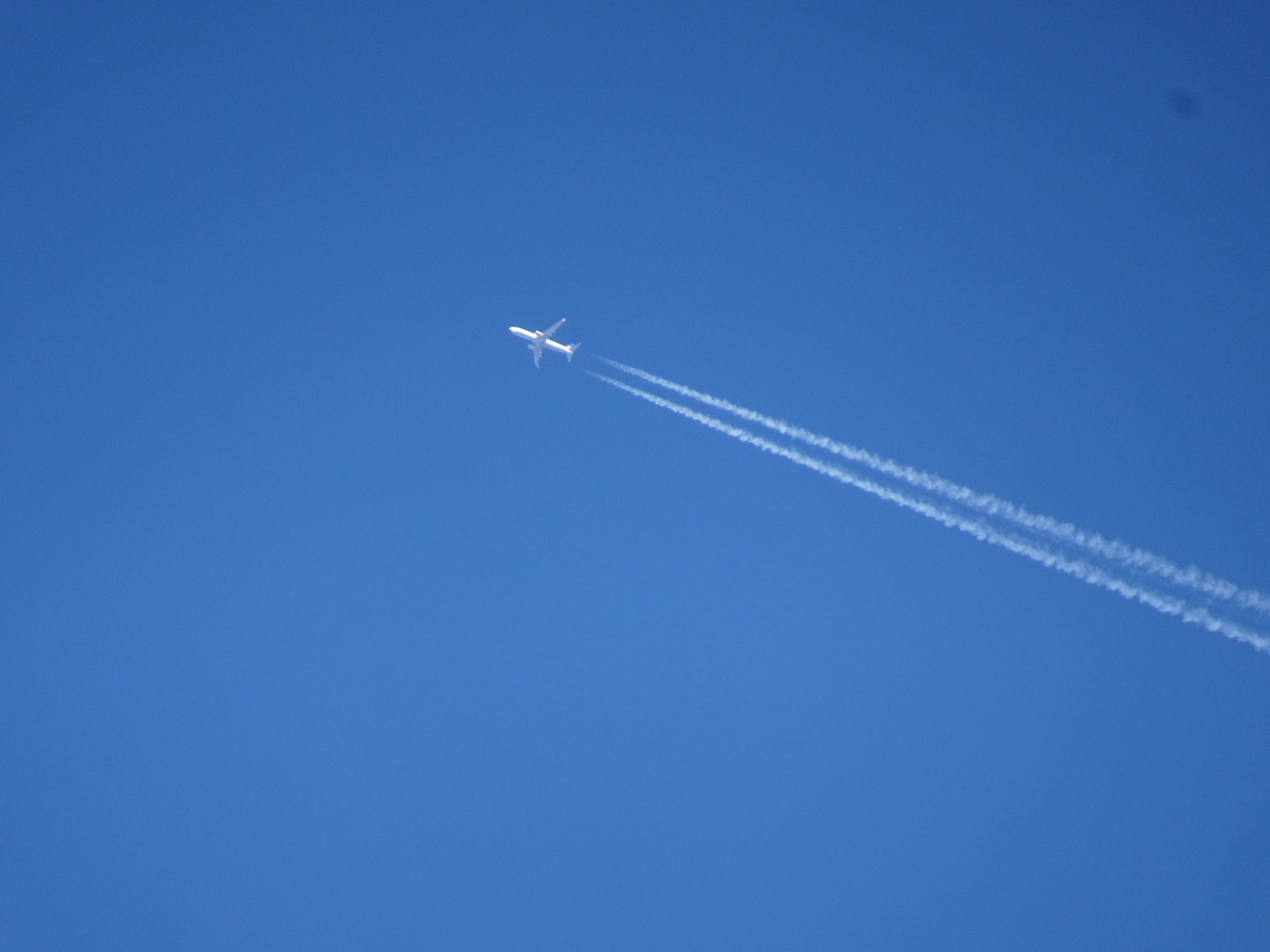Flying more than twice as damaging to climate than previously thought, study finds
The source of non-CO2 warming set to triple by 2050, according to researchers

Your support helps us to tell the story
From reproductive rights to climate change to Big Tech, The Independent is on the ground when the story is developing. Whether it's investigating the financials of Elon Musk's pro-Trump PAC or producing our latest documentary, 'The A Word', which shines a light on the American women fighting for reproductive rights, we know how important it is to parse out the facts from the messaging.
At such a critical moment in US history, we need reporters on the ground. Your donation allows us to keep sending journalists to speak to both sides of the story.
The Independent is trusted by Americans across the entire political spectrum. And unlike many other quality news outlets, we choose not to lock Americans out of our reporting and analysis with paywalls. We believe quality journalism should be available to everyone, paid for by those who can afford it.
Your support makes all the difference.The trails left by planes in the sky have a more damaging effect on the climate than all the carbon dioxide ever emitted from their engines, a study has revealed.
The tracks – called contrails – linger in the sky as ice clouds and trap heat in the Earth’s atmosphere.
This is an unaccounted source of climate warming from air travel. And researchers from the Institute of Atmospheric Physics (IAP) in Germany now say the problem is set to triple by 2050.
“It is important to recognise the significant impact of non-CO2 emissions, such as contrail cirrus, on climate and to take those effects into consideration,” said lead author Lisa Bock from the German Aerospace Centre at the Institute of Atmospheric Physics.
The Corsica agreement, which is the UN’s scheme to offset air traffic carbon emissions from 2020, ignores the non-CO2 climate impacts of aviation.
However, the latest findings will raise alarm over the climate impact of contrails. Researchers say the relative increase in radiation caused by contrails will be greater than that of CO2 because planes will become more fuel efficient.
Overall air traffic is set to be four times larger in 2050 compared with 2006 levels, but planes are generally flying slightly higher, which helps the formation of contrails in the tropics.
Areas over North America and Europe will be most affected as this is where most traffic is, according to the study published in the journal Atmospheric Chemistry and Physics.
Dr Bock said: “There are still some uncertainties regarding the overall climate impact of contrail cirrus and, in particular, their impact on surface temperatures because contrail cirrus themselves and their effects on the surface are ongoing topics of research. But it’s clear they warm the atmosphere.”
More efficient aircraft would reduce the number of soot particles emitted by engines, which could, in turn, reduce the climate impact of contrail cirrus.
However, researchers say larger reductions than the projected 50 per cent decrease in soot emissions are needed.
Join our commenting forum
Join thought-provoking conversations, follow other Independent readers and see their replies
Comments